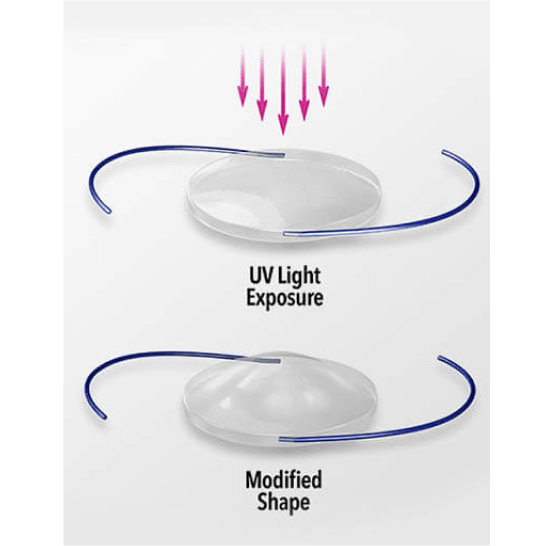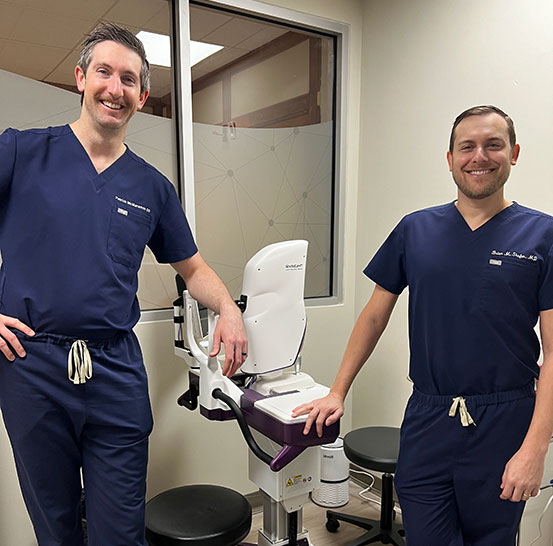Light Adjustable Lens (LAL) for Cataract Patients
Experience Precision Vision: Introducing Light Adjustable Lenses (LAL) at MOA

What Are Light Adjustable Lens(LAL)?
This innovative technology utilizes a photo-responsive material in the lens that reacts to UV light. The UV light treatments can be applied to precisely alter the curvature and power of the lens, addressing any residual refractive errors and optimizing visual acuity. The LAL represents a significant advancement in cataract surgery, providing both surgeons and patients with a dynamic and adaptable solutions for achieving “Lasik-like results.”
How Do Adjustable Lenses Work?
The LDD allows for the exact reshaping of the lens based on the specific visual correction required to achieve your customized prescription. This advanced interplay between the LAL and the LDD ensures a tailored approach to optimizing your vision, providing a dynamic solution for addressing individual refractive needs with unparalleled precision and accuracy.


Are you a Good Candidate for LAL?
Good candidates for LALs typically include patients who:
- Want to avoid dependence on glasses.
- Want LASIK-like results.
- Have previously had refractive surgeries such as LASIK and PRK.
- Are particular about their vision.
MOA’s Partnership with Local Cataract Surgeons
The collaboration between MOA and cataract surgeons ensures each patient receives a personalized treatment journey, exceptional visual outcomes, and better quality of life.

Learn More About Cataracts and LAL Lenses
From Our Expert Doctors

LAL FAQs
What to Expect After Surgery?
Adjustments use a non-invasive, low-energy UV light application. The LAL implants are sensitive to certain wavelengths of UV light, which can exist in ambient lighting. You must wear your provided UV protective glasses at all times (clear for indoors, tinted for outdoors) to ensure there are no aberrant adjustments to the lens from ambient light.



